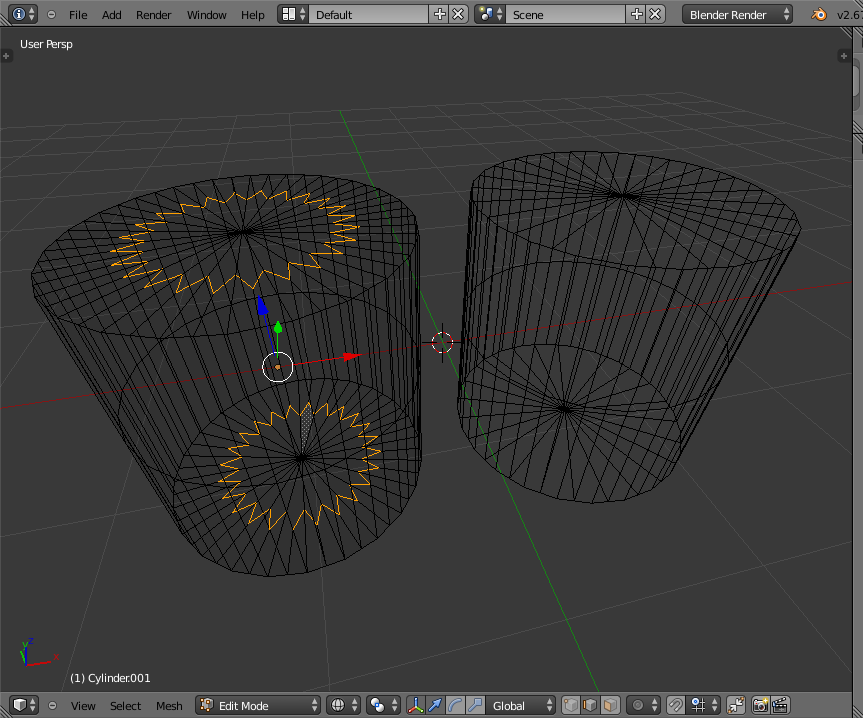Subsurf does not treat tri, quad and ngon differently:

In each case the result follows exactly the same pattern:
- Every edge is subdivided into exactly two edges.
- Every face is subdivided into n faces where n = original number of vertices. Every new face is a quad.
- A new vertex is created at the centre of the face. Every new face shares this vertex.
The difference in topology of the two results you showed can be more easily seen if we use simple subsurf (which does not smooth) and then apply the modifiers and look at the wireframes:

The result from subdividing the triangle fan has the extra edges (selected.) These extra edges are the result of subdividing the radial edges which connect the central vertex to the outside edges.
This does not demonstrate any fundamental difference between tris and ngons, because we can produce the same result using only triangles:

On the left is a triangle fan composed of three triangles. On the right our equivalent "ngon" is simply a normal triangle. The result of subdivision is different and follows the same pattern we saw before with the cylinders. The same results would be seen with a triangle fan composed of four triangles and a quad.
In general it's much better to think of tris and quads as special cases of the ngon than to consider an ngon a "bunch of triangles" like a triangle fan or triangle strip.






